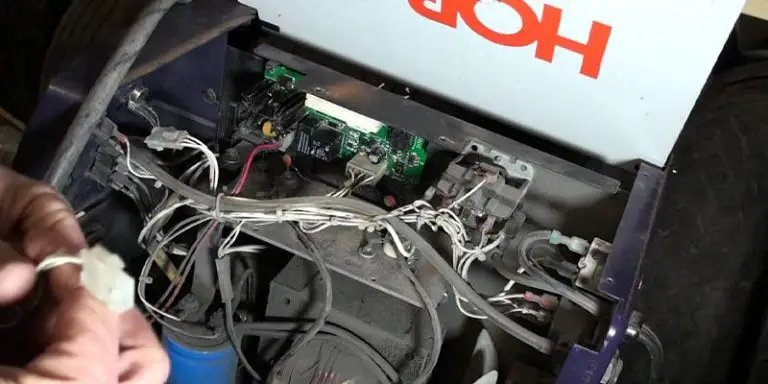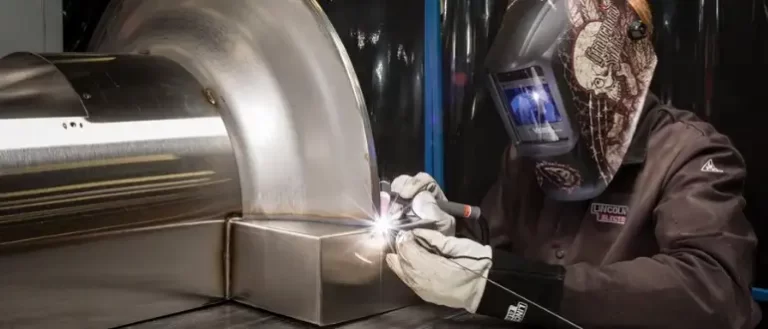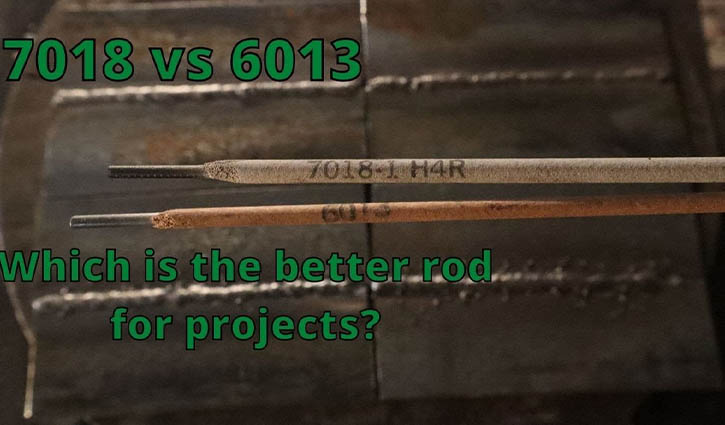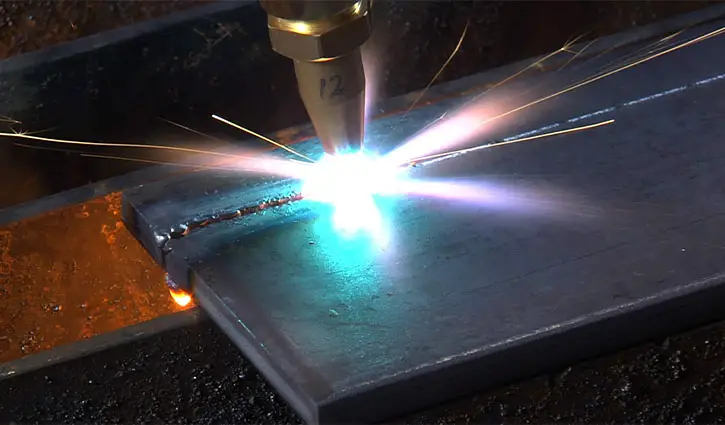Types of Welding Rods: Everything You Need to Know
Welding rods are a key part of the welding process. Make sure you get the right type for your project!
If you are an enthusiast about hardware work or just want to know about welding rods out of curiosity, you are in the right place to find out all about welding rods and what is the right one for your specific purpose.
First of all, welding requires great skill, this is not something that a usual person does. Therefore, it is very important to learn how and what about welding rods. There are mainly 6 types of welding rods that are used in the welding industry.
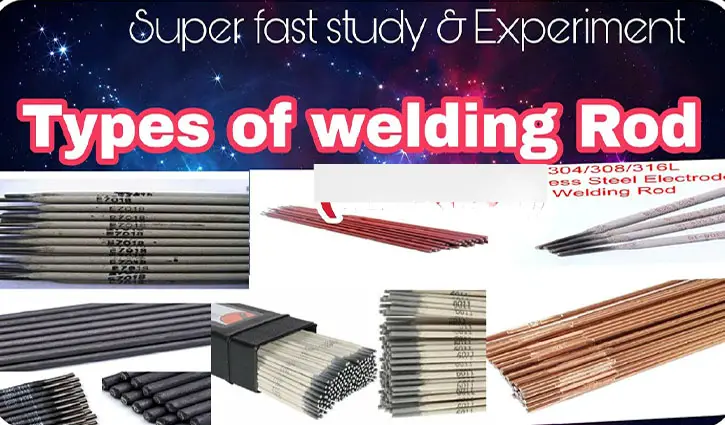
Let us know about them briefly down below.
Table of Contents
Different types of welding rods and electrodes
E6010 Welding Electrode
It is one of the most common electrodes used in the industry. These rods are suitable for high-power density welds and are used for deep penetration.
This rod is used for pipes, steel tanks, water towers, welding in shipyards, and other similar works with thick metals. However, this rod can be used only with DC welding machines. As they have very low arcs, it is very hard for beginners to handle them.
Read More: Why Is 6010 Used As The Root Welding Rod: A Deep Analyzes
E6011 Welding Electrode
This is a very common and widely used general-purpose electrode. Because this electrode can be used both on alternating current(AC) or direct current(DC).
E6011 is a very convenient option for welding work because you can very easily move from one type of machine to another on demand. Like the 6010 electrodes, the 6011 also has the same levels of deep penetration.
As a part of the process, these welding rods can leave ripples and not very pleasing finishes.
E6012 Welding Electrode
This electrode is an all-position electrode because it works on both AC and DC power supplies like the 6011. It produces a medium arc with decent penetration.
E6012 has some unique features like the filler material can freeze and spread very quickly making it ideal for quick operations. It is a perfect fit where a balance between joint penetration and fill is required.
Its arc is very stable and easily managed. It is widely used for its smooth finish and low spatter.
E6013 Welding Electrode
This electrode also works on both AC and DC power supplies therefore it is very convenient for temporary workplaces. The rod is coated with titanium dioxide and potassium similar to e6012. So it freezes and fills very fast.
This rod is suitable for medium-intensity jobs. It does not produce heavy spatter so it gives a pretty good finish.
But its application is limited as its arc is not as powerful as the previous models. However, its application is best on clean sheet metal.
E7018 Welding Electrode
This is a low hydrogen, all-position electrode. It can be used on both AC and DC power supplies but is mainly used with a DC power source. It works very smoothly and quietly with low spatter.
Its arc is very stable and can be controlled very easily. This electrode has an inherently low hydrogen level as a result it prevents cold cracking. So it is perfect for structural and high-carbon steels.
One disadvantage of this electrode is that it produces slag that sticks on the welding spot, so some finish needs to be done for the joints to be smooth.
Read More: 7018 Vs 7014 Welding Rods: Similarities And Dissimilarities
E7024 Welding Electrode
This is a unique electrode compared to other electrodes mentioned in this list. Because this electrode can be used only on flat and horizontal surfaces. Its flux contains up to 50% iron.
Its high-density iron results in high deposition and produces a wide seam. And for this reason, it must be used for thick structures like bridges, structural steels, etc.
Also, it is compatible with carbon steel. The slag produced in welding is heavy and must be removed carefully from all surfaces. As it is a low hydrogen electrode, it must be stored in a moisture-free space.
What are the best welding rods for carbon welding?
From the electrodes mentioned on our list, e7024 and e7018 are the most suitable for carbon welding. But 7024 can be used only on a flat and horizontal plane whereas 7024 can not be used everywhere. So for general use, e7018 is best suited for carbon welding.
Which rods are the best for you?
From the brief discussion above, you might have already determined what is best for your situation. But generally, e6011 is suitable for most of the works. Because it works on both AC and DC power supplies and has deep penetration.
So you cannot use it on light steel sheets. For that 6012 will be more suitable. For a better understanding here is a table about electrode models and their applications.
- 6010: This electrode is best suitable for shipyards (achieve deep penetration)
- and pipe welding.
- 6011: This is best applicable with alternating current or direct current
- 6012: It is the best known for general-purpose use
- 6013: This electrode is considered medium penetration welding
- 7018: you can get the best thin carbon steel welding with this one.
- 7024: It suits the thickest surface and flat and horizontal welds
How do I choose the right size welding rod?
Now that you have learned all about welding rods, you need to reach in a decision about which size you need for your particular situation. There are several factors you need to consider before selecting the right welding size. The factors are :
Base metal properties
Before choosing a welding rod, you need to find out the ingredients of your material, its melting point, and compatibility with welding.
Tensile strength
The term tensile strength means the resistance of a material to breaking under tension. Make sure you have selected components with the right strength.
Welding current base metal thickness and shape
This is a major factor. Depending on your metal thickness you will need to change your electrodes, also welding current limits by the welding machine must be considered.
The finishing you want.
Different types of electrodes give different types of finishes. For a smooth finish, e6103 is a good choice. Other models leave a medium to high seam.
FAQs
The e6013 is used for thin places whereas the e7018 is used for thick material applications. The fundamental difference between these two is that e7018 has low hydrogen and high iron density.
According to some sources, e6011 welding electrodes are capable of a 60,000 psi minimal tensile strength joint and e7018 produces stronger welds that have tensile strengths of 70,000 psi.
Verdict
Knowing the perfect welding rod type is a must for good quality work and great durability. In this context, we have tried to give a brief knowledge about the most used and familiar electrodes.
Now you can choose which servers your purpose is the best.
Best of luck!

